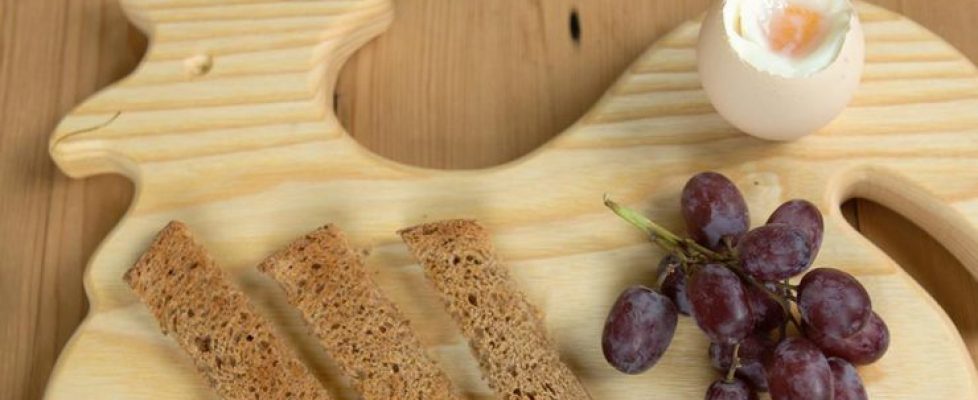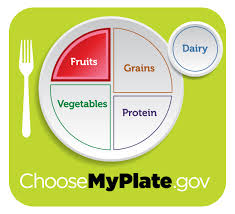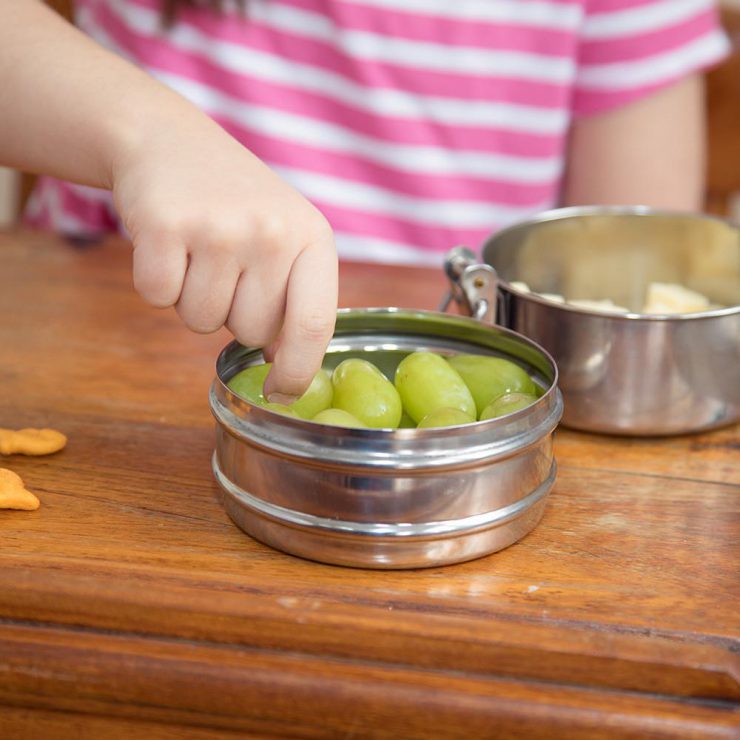Portable Food to Pack for Lunch

The following lists of planning ideas and foods, with a few notes on nutrition, are not meant to be comprehensive; they are only a starting point to help you plan ahead. It’s a way to start a conversation with your child long before you give up and buy tubes of yogurt-textured sugar or fish-shaped people kibble. It’s to get you thinking about which compromises you are willing to make, or even how to avoid most of them. It’s good to remember that food IS what kids are made of.
Planning:
- As you start this process, let your children help you plan their lunches during the grocery list phase. This is the point when you will have more time to discuss what they want and what you deem essential.
- Decide just how much sugar or protein or veggies you want available as lunches are being assembled. Maybe you’re fine with one prepackaged treat or maybe you prefer fruit to be the only sugar. You really can choose the menu for your child’s lunch, but you can’t make them eat it; try to keep these competing truths in balance.
- If you’re making the grocery list, have a meal plan to work from. You might think in terms of the Choose My Plate or macro-nutrients. By using a guideline, you help you and your child make choices within a framework rather than the seemingly endless array of whatever is available at the grocery store.
- Go ahead and make your child’s lunch. Sure, it’s their lunch and you could argue that they should be responsible for it. On the other hand, it’s a little bit of your love they can receive in the middle of the day. They might not think of it that way and they might never thank you, but you can at least know they have a chance at a good meal while they are at school.
Now, just what should you put in that lunchbox?
- Muffins are a favorite if they won’t get destroyed. You can make them sweet or savory. You can add a little sugar, up the protein or add some fruit and veggies. You can pack a little cream cheese. Muffins are versatile and a well-made muffin can be a meal unto itself.
- If your child’s school allows them, nuts pack calories and protein. They can be satisfying for a longer time than carb-heavy things like crackers. Add a little dried fruit to sweeten the deal.
- Boiled eggs. Some kids eat them, some kids don’t. They are so very portable, and again, they have an excellent blend of protein and calories that can keep a belly satisfied. Peel them ahead if your child is more likely to eat it peeled. You can put a tiny container of mustard or other “wet” addition to help the egg go down.
- Yogurt. For this one, I suggest you pack plain yogurt with jam or maple syrup either on the bottom or on the side. If you’re buying prepackaged yogurt, read the labels. Many have as much sugar as ice cream. Good yogurt with a little sweetener tends to be a kid favorite and has a nice mix of calcium, calories, and protein.
- Good old reliable fruit—nature’s convenience food. Don’t pack a fruit your child can’t peel or deal with the peel before you pack it. Fruit is also a good addition to the yogurt; be aware that if you mix it in ahead of time, the yogurt might separate in an unappetizing way.
- Cheese is even more portable than yogurt and only rarely do you have to check whether it has added sugar. Also, you can tempt your child’s palate by offering different cheeses sometimes.
- Many kids will happily crunch carrot sticks or bite-size bits of other fresh veggies. A few children might do so more readily with a little dip, but the dip is a worthy compromise for the veggies filling a kid up and adding a little fiber and vitamins to their meal.
- Hummus is a protein-rich dip that tastes great with carrots, peppers, tomatoes, and cucumbers.
- If you have some chicken or other roasted meat for dinner, you can set aside some to dice for a good finger food for most children.
- Soup is an easy thing to carry for lunch and can offer huge variety from one week to the next. It is another one-dish meal that you can pack with all the good things you hope your kids will eat.
Maybe this list will spark your imagination to come up with a more comprehensive list that will suit your “good food” ideas and your child’s palate.



